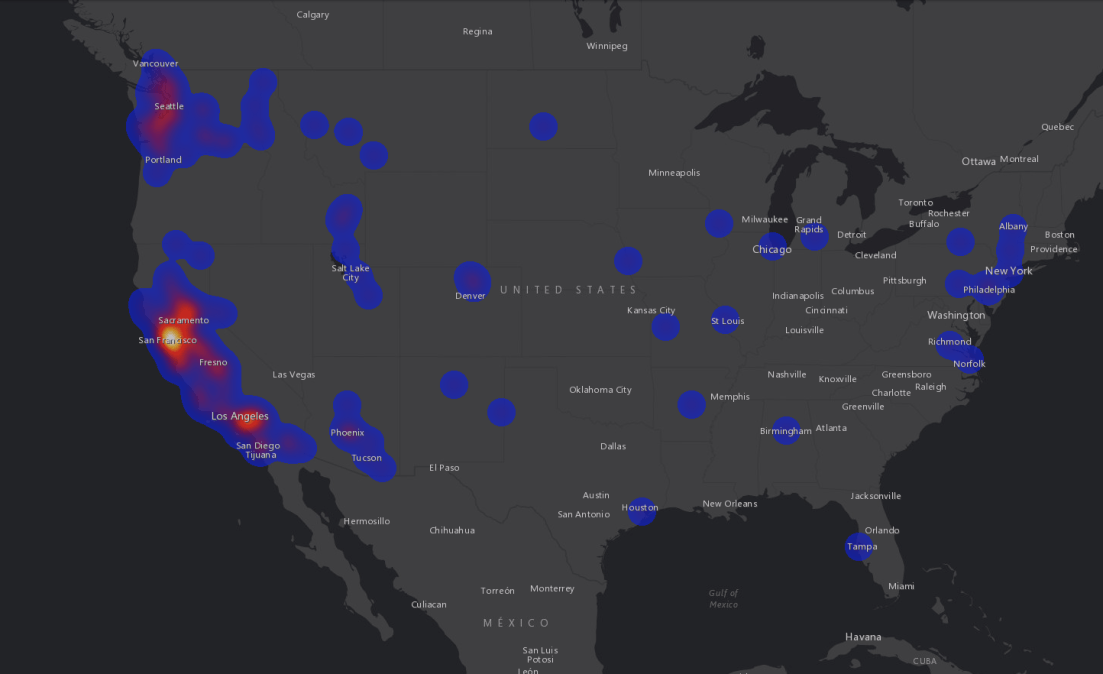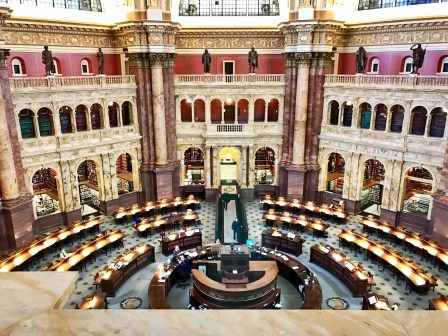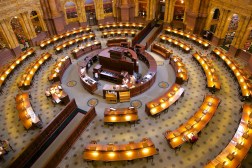The Library of Congress is experimenting with GIS

The Library of Congress is using mapping technology as part of a new way to explore documents and other resources from its collections.
“Story Maps,” of which there are three so far, are web applications intended to “tell the incredible stories of the Library’s collections through narrative, multimedia, and interactive maps.” The resulting experience is powered by geographic information systems (GIS) technology and runs on a program developed by leading GIS software provider Esri.
“This innovative technology allows curators at the Library of Congress to connect collections online like never before,” Paulette Hasier, chief of the Geography and Map Division at the Library and pioneer of this new initiative, said in a statement. “Story Maps showcases Library treasures while serving as a roadmap for the public on the infinite and engaging ways they can use our data.”
Hasier and her team of GIS specialists and developers are using Story Maps to bring attention to “hidden treasures” from the Library’s collection. The design allows users to scroll through photos and texts around a certain topic, then dig deeper with interactive maps of the region or issue.
One on incunables, rare paintings from pre-1500; one on the photography of Frances Benjamin Johnston, a pioneering female photographer; and one on the newspapers produced in Japanese-American internment camps during World War II. According to a press release the plan is to launch additional applications “in the coming year.”
“This cloud-based platform gives a set of digital humanities and visualization tools to curators and to subject matter specialists throughout the Library of Congress,” John Hessler, curator of the Library’s Jay I. Kislak Collection of the culture and history of the early Americas, said in a statement.
Esri’s Story Maps, backed with its ArcGIS technology, have also been used by governments to publish statewide portals, as well as information about topics such as the opioid crisis and housing costs.






